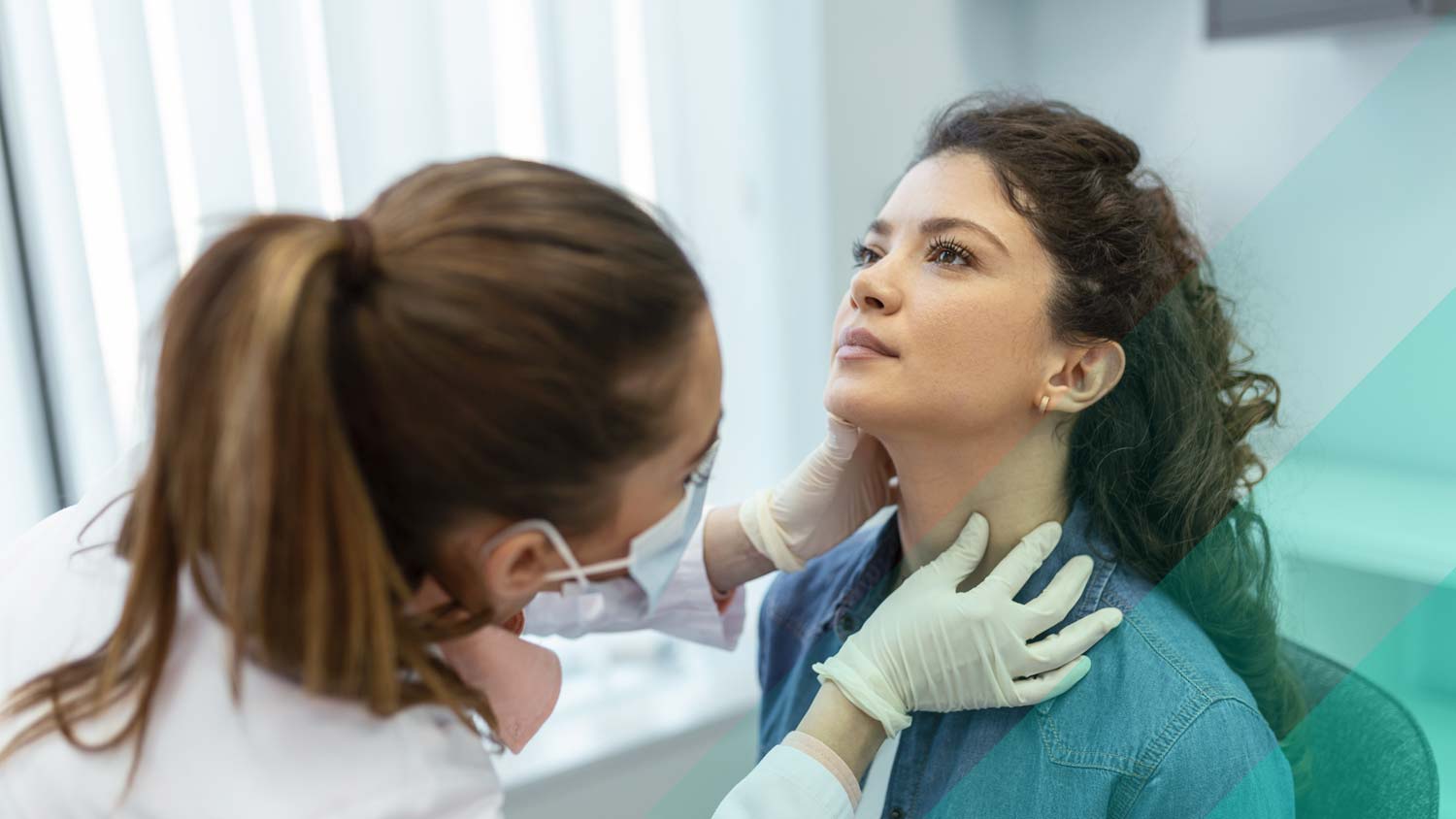As an athlete, I think regularly about the potential health benefits of exercise for my patients. Every week, I treat patients hospitalized at Brigham and Women’s Hospital with significant medical problems that are a direct result of severe addiction, ranging from seizures and strokes to heart valve and joint infections. I also care for outpatients at the Brigham and Women’s Faulkner Hospital Addiction Recovery Program. In both settings, I provide medication-assisted treatment (MAT) such as buprenorphine-naloxone for opioid use disorder, and extended-release naltrexone for both alcohol use disorder and opioid use disorder. I work closely with therapists and social workers who offer our patients counseling and referrals to additional programs. I frequently discuss mutual-help groups such as Alcoholics Anonymous and SMART Recovery with patients. I use motivational interviewing techniques to help enhance motivation and guide patients towards their recovery goals.
Suffice to say, I am a psychiatrist interested in pulling out all of the stops when it comes to treating addiction.
Despite increased national attention and numerous interventions to tackle the opioid epidemic, recent statistics are still alarming. Drug overdose deaths involving synthetic opioids increased by 87% annually from 2013 to 2016. This dramatic increase is attributed mainly to the illicit manufacturing of fentanyl, an opioid approximately 100 times more potent than morphine. In Massachusetts, where I practice, rates of overdose deaths from all drugs ranked eighth highest in the country in 2016.
Does exercise help people in recovery from addiction?
Combined with what we know about other treatments, exercise shows promise. Animal studies have shown that regular swimming reduces voluntary morphine consumption in opioid-dependent rats, and access to an exercise wheel reduces self-administration of cocaine in rats dependent on the drug. A small study in humans investigated an exercise program offered to 38 men and women who misused a variety of substances, including opioids, cannabis, amphetamines, and cocaine. Participants agreed to take part in group exercise three times a week for two to six months. Twenty people completed the intervention. When reassessed a year later, five reported abstinence and 10 reported that they had decreased their substance use.
In my experience, many patients with various substance use disorders have found that exercise helps to distract them from cravings. Workouts add structure to the day. They help with forming positive social connections, and help treat depression and anxiety in combination with other therapies.
Forging positive connections with others in recovery
Organizations promoting physical activity for people in recovery continue to grow. The Boston Bulldogs Running Club, which dates back to 2008, has broadened its mission to support people with addiction and their friends and families. This nonprofit organization also promotes wellness to children and teens to help prevent substance use disorders.
The Phoenix, another nonprofit organization, aims to build an active community of sober individuals through peer-led CrossFit, yoga, rock climbing, boxing, running, and hiking events. Created in 2006, it has expanded to offer free programming in a number of states. Phoenix events are open to anyone with at least 48 hours of sobriety, and to supporters of those in recovery. I recently worked up a sweat in a Phoenix CrossFit class in Boston. The camaraderie during the workout was palpable, and it was inspiring to witness the dedication of the coaches in recovery.
Is it best to combine exercise with other addiction treatments?
Medication-assisted treatment at least doubles the rates of opioid abstinence. Staying on long-term MAT is often recommended. Studies show a greater than a 50% chance of relapsing on illicit opioids just one month after discontinuing treatment with buprenorphine-naloxone. For people with opioid addiction, continuing to take methadone or buprenorphine-naloxone substantially lowers the risk of dying from an overdose. Consistently taking these medications also decreases the risk of death related to other causes.
Psychotherapy is often a recommended component of substance use treatment as well. No medication is perfect, and addiction has an impact on many dimensions of a person’s life.
In summary, I vote that yes, there is some evidence that exercise can help to conquer addiction. No treatment is infallible. Frequently, people with substance abuse disorders find that a variety of strategies is best, including MAT, psychotherapy, and mutual-help groups. More research is needed to clarify which types and amounts of exercise are potentially helpful in treating addiction. I look forward to watching organizations like The Boston Bulldogs and The Phoenix continue to grow, and I plan to continue recommending groups like these to patients.
Information from Harvard Health






